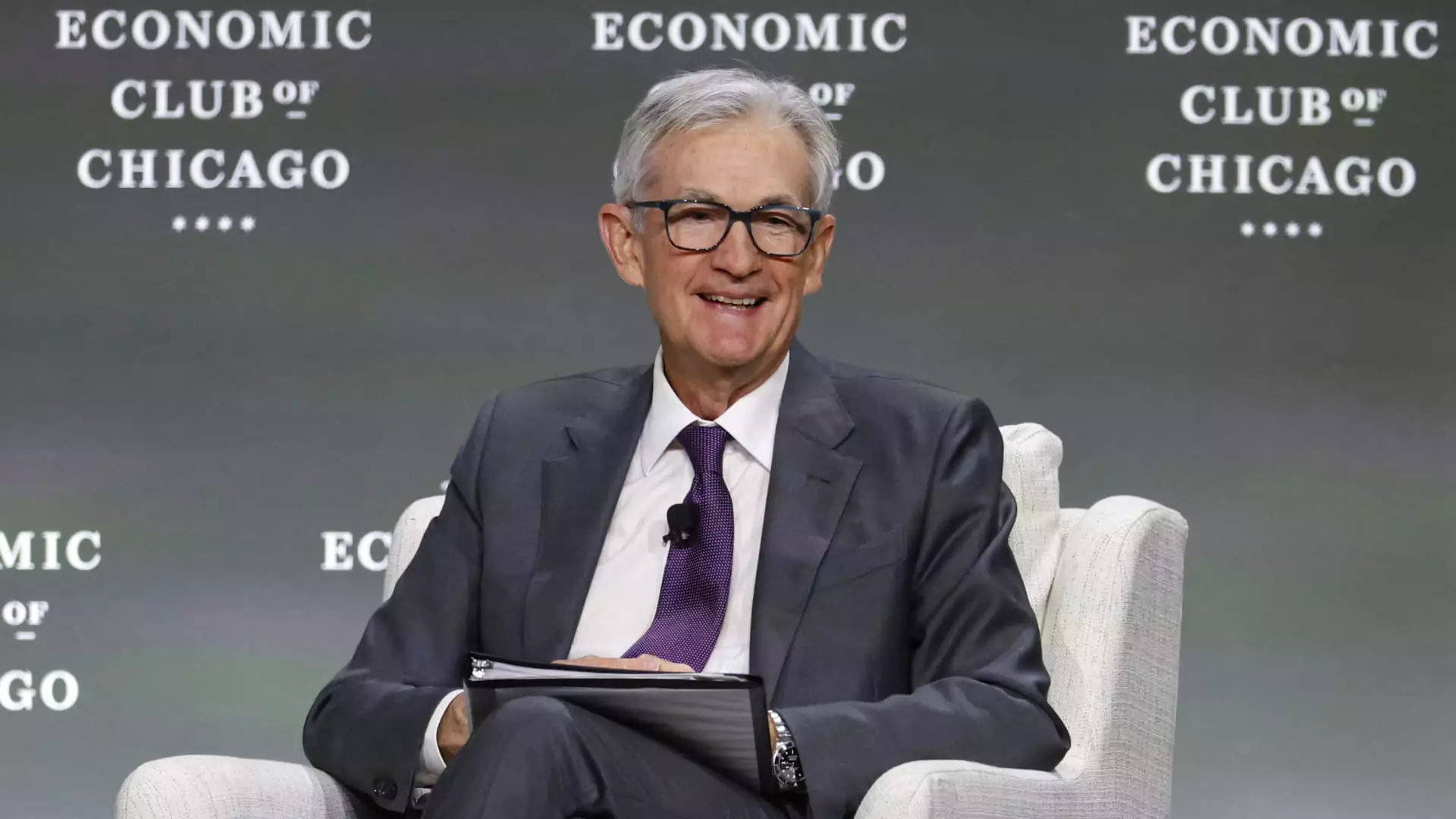As the Federal Reserve prepares for its upcoming policy meeting, the pressure is palpable. The dilemma they face is pronounced: should they act decisively, or bide their time? The economy is a mixed bag—some indicators suggest resilience while others reveal signs of distress. In a climate of fluctuating consumer confidence and unpredictable economic signals, the Fed finds itself in a precarious position. With President Donald Trump’s tariffs casting long shadows over both markets and fiscal policy, the decision-makers at the Fed have a complicated path ahead.
Recent remarks from Vincent Reinhart, an esteemed former Fed official, encapsulate the sentiment well; he describes the meeting as set to be “awkward,” largely because the Fed’s ability to forecast the immediate future remains stymied by external factors. The agency’s inclination might be to slow down and observe. This may seem like a passive approach, but, in reality, restraint can be a powerful move. Market futures seem to echo this sentiment, offering only a slim chance of significant interest rate changes in the immediate term.
Market Reactions: A Study in Mixed Signals
Recent shifts in market expectations reflect the confounding nature of the current economic landscape. A week ago, discussions swirled around potential rate cuts—four were even predicted, with the first one occurring as early as June. Fast-forward to the present, and it appears the prevailing mood is one of skepticism. Current expectations have now adjusted to just two cuts this year. It begs the question: why the sudden pivot, and is this simply a response to Trump’s apparent softening on trade stances?
The answer is complex and multifaceted. While some sectors exhibit robust performance, illustrated by the addition of 177,000 jobs in April, others highlight deep-rooted concerns. Manufacturing surveys indicate rising anxiety about the repercussions of tariffs—a looming risk that continues to stifle consumer sentiment, which has plummeted to multi-year lows. The dichotomy here is striking; traditional metrics of economic health are at odds with the prevailing pessimism among consumers and business executives.
In Search of Certainty: The Fed’s Analysis
The Federal Reserve finds itself straddling a fine line, torn between immediate reactionary measures and longer-term strategic thinking. Fed Chair Jerome Powell’s post-meeting news conference will undoubtedly be ripe with questions about the Fed’s assessment of these conflicting trends. Can Powell reassure investors and the public that a coherent policy roadmap exists despite the prevailing uncertainty?
What complicates matters further is the economic data itself—particularly the first quarter’s decline in GDP by an annualized rate of 0.3% largely spurred by pre-emptive imports in light of impending tariffs. This decline makes it difficult to assess whether the economic roadmap is clear or shrouded in fog. As stakeholders await data from upcoming months, it’s evident that the ability to navigate this uncertainty requires both analytical skills and a strong sense of foresight.
The Political Undertones: External Influences at Play
One cannot overlook the political context in which the Federal Reserve operates. Trump’s persistent calls for rate cuts inject an additional layer of pressure, complicating the Fed’s already convoluted decision-making process. Reinhart, in his analysis, projects a certain resilience among Fed members. They may stand strong against external pressures, finding unity even when they’re publicly critiqued. When faced with an external body that seeks to exert influence, there tends to be a tightening of internal cohesion, a phenomenon that becomes pivotal during critical decision-making junctures.
As long as the economy is grappling with systemic challenges like inflation, tariffs, and a restless labor market, the Federal Reserve will need to remain measured in its interventions. It’s not merely about cutting rates; it’s about ensuring that those cuts will genuinely contribute to economic stability rather than merely appeasing political pressures or fleeting market sentiments.
In this landscape of uncertainty, the Fed’s call for patience reflects a deeper comprehension of the complexities it faces. The real challenge lies not just in deciphering the mixed signals of the economy, but also in crafting a response that steers clear of political infighting. For the Fed, the task is not just about forecasting; it’s about harmonizing economic realities with the broader implications of their decisions.

